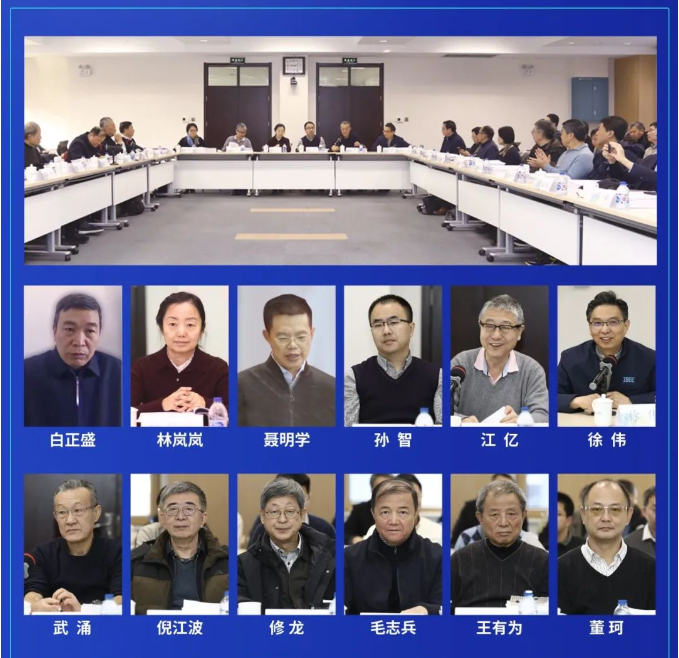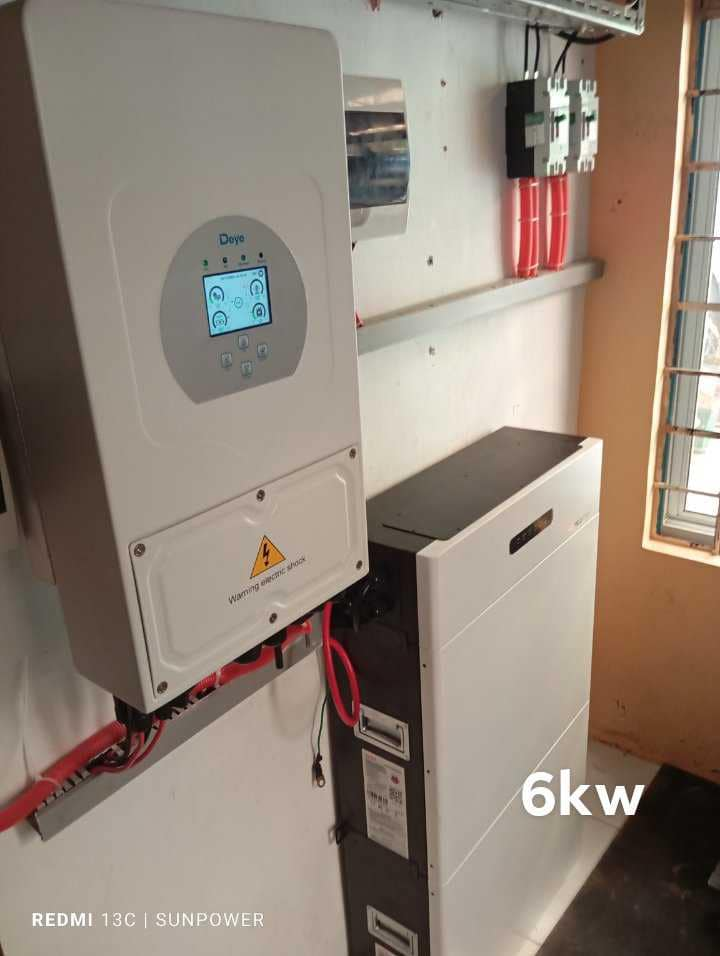As early as July 24, the curtain was raised on the “Zero Carbon Building Technical Standards (Draft for Comment)” (hereafter referred to as the “Standards”). The establishment of these Standards aims to reduce energy demand in buildings and enhance energy efficiency, supporting the achievement of the dual carbon goals. The Standards not only provide guidance for creating a healthy and comfortable indoor environment in buildings but also offer direction for the development of renewable and zero-carbon energy applications in construction. This guides the building industry and regions where construction is a primary source of carbon emissions towards gradually realizing a vision of low-carbon, near-zero carbon, and zero-carbon emissions.

On December 18, 2023, the review meeting for the national standard “Zero Carbon Building Technical Standards” (draft version) was held in Beijing. This standard, jointly compiled by the China Academy of Building Research Co., Ltd., the China Association of Building Energy Efficiency, and 49 other domestic entities, including design, research, and higher education institutions, represents a significant collaborative effort.
MENRED ESS Co., Ltd., a member enterprise of the Menred Group, participated as a co-editor of this national standard GB/T 513050 “Zero Carbon Building Technical Standards.” MENRED ESS is the sole photovoltaic energy storage manufacturer involved in this meeting. The company’s product line includes inverters, lithium batteries, residential photovoltaic energy storage systems, and commercial and industrial photovoltaic energy storage systems.
The “Zero Carbon Building Technical Standards” define a zero-carbon building as: “A building that adapts to climate characteristics and site conditions, and on the basis of meeting indoor environmental parameters, reduces building energy demand through optimized architectural design, improves the efficiency of energy equipment and systems, fully utilizes renewable energy and building energy storage. On the foundation of achieving near-zero carbon buildings, it may combine carbon offset methods such as carbon emissions trading and green power trading, conforming to the explicit provisions of the standard for buildings.”







